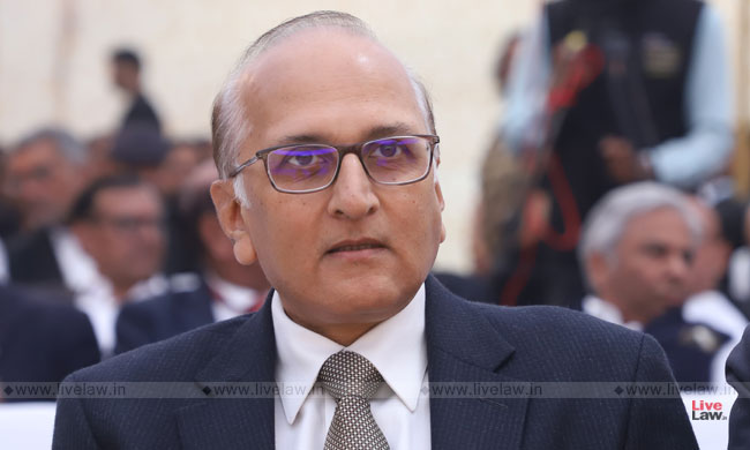True Equity & Justice Of Society Depends On How Fairly It Treats Its Children: Justice S. Ravindra Bhat
Jyoti Prakash Dutta
27 April 2022 6:00 PM IST

Next Story
27 April 2022 6:00 PM IST
The Orissa High Court, in collaboration with the Department of Women and Child Development, Government of Odisha and UNICEF, has organised a Regional Consultation Program on Effective Implementation of Juvenile Justice (Care and Protection) Act, 2015 on Saturday. Justice S. Ravindra Bhat, Judge, Supreme Court of India and Chairperson, the Juvenile Justice Committee, Supreme Court of...
